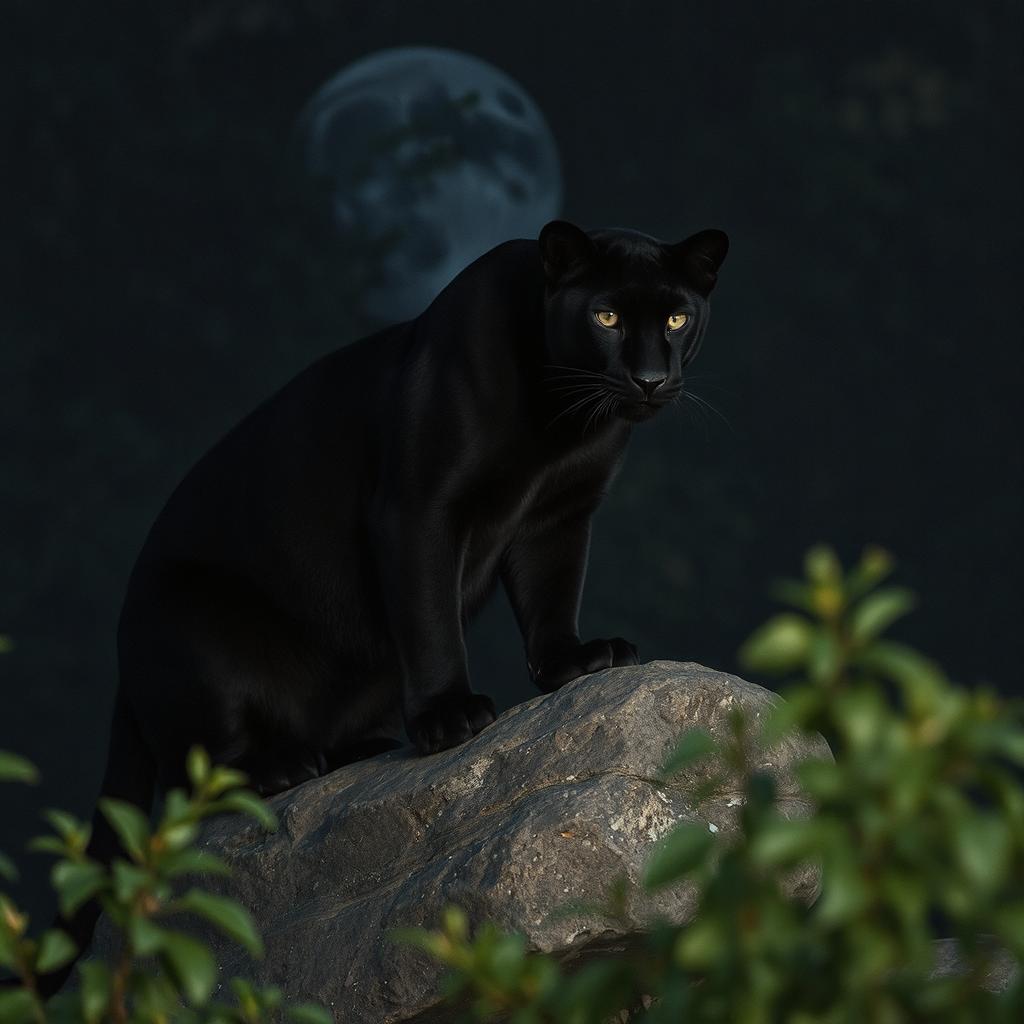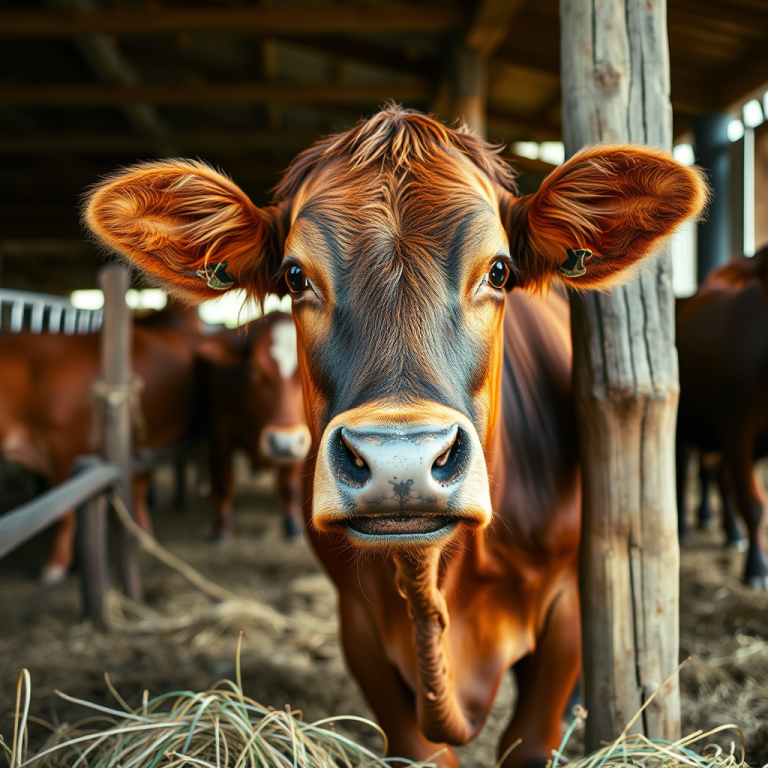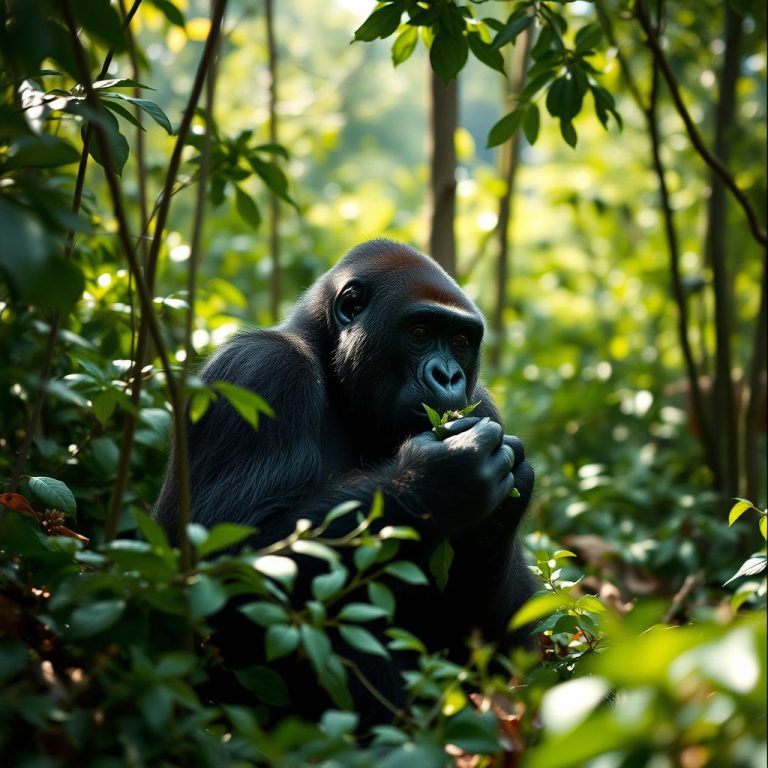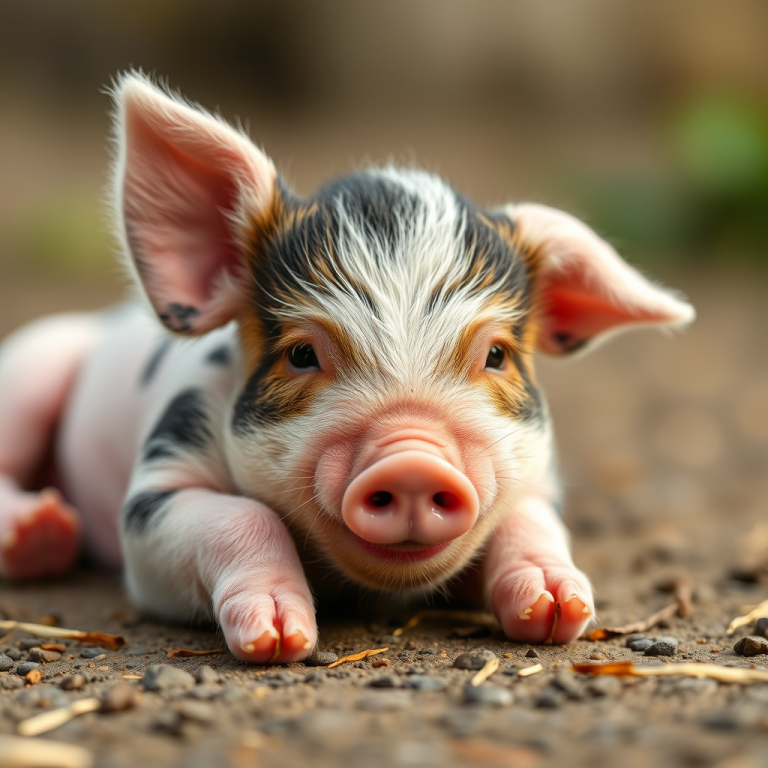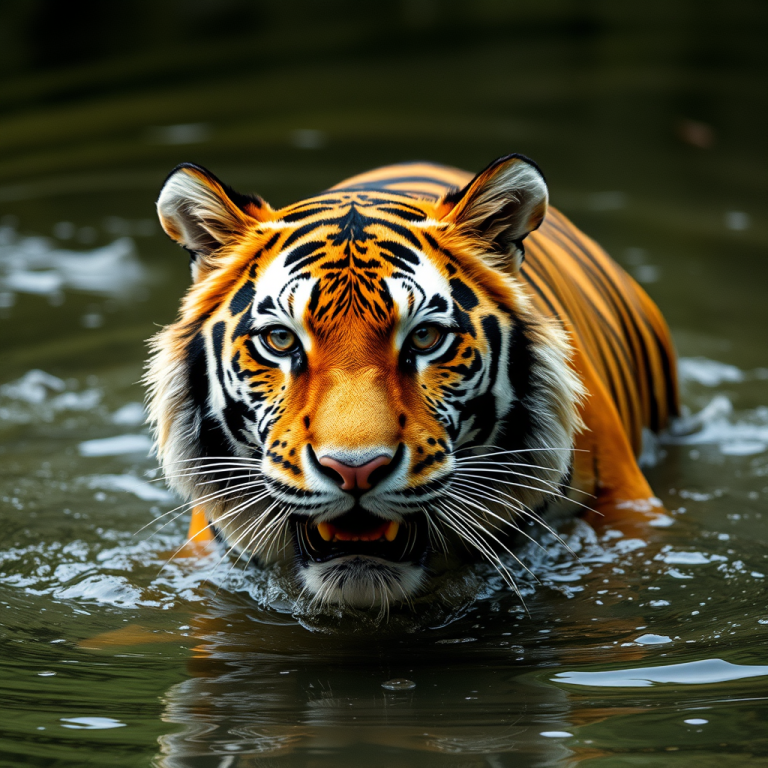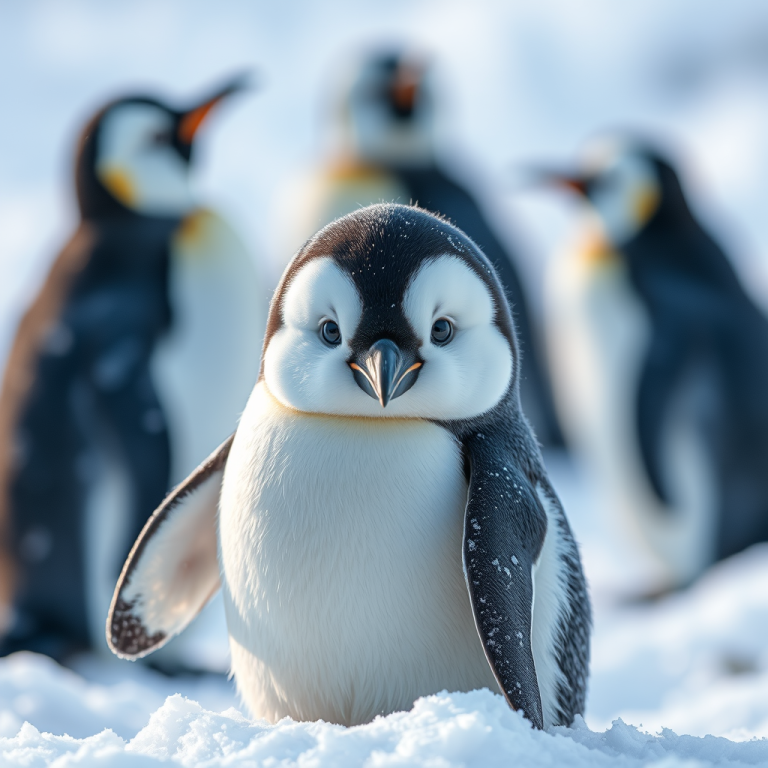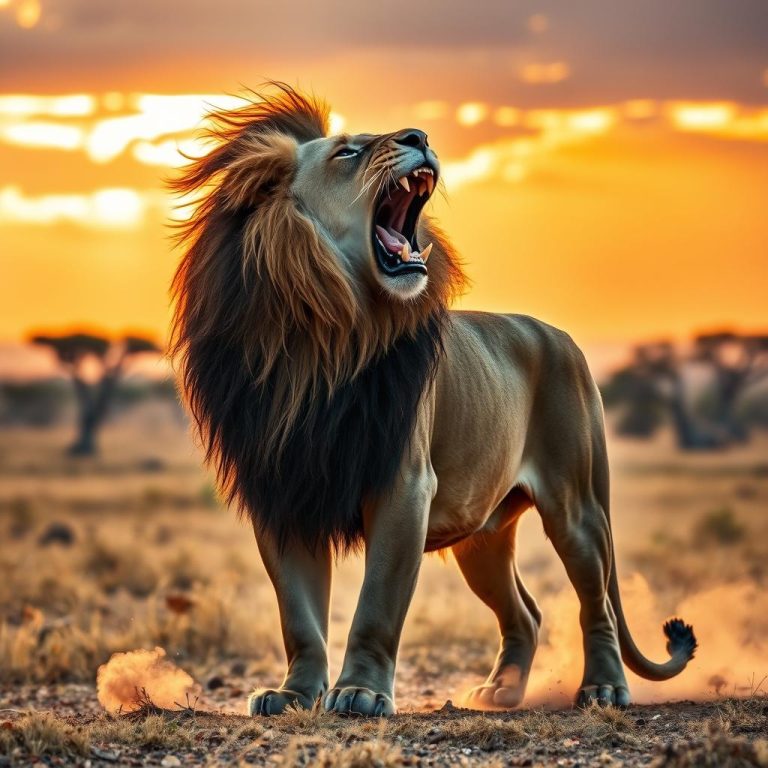The Mysterious Panther: Traits, Facts, and Fascinating Features
The panther is one of the most elusive and captivating creatures in the animal kingdom. Known for its sleek black coat and powerful presence, the panther is a symbol of mystery and grace in many cultures. Often associated with strength and stealth, the panther is a fascinating predator with many intriguing traits and behaviors that set it apart from other big cats. Let’s delve into the traits, facts, and unique features of these incredible creatures.
Traits of a Panther
- Distinctive Coat Color Panthers are often recognized for their striking black fur, but the term “panther” is often used to refer to several big cat species, most commonly the black variant of leopards and jaguars. This black coat is the result of a genetic mutation called melanism, which causes an excess of dark pigment. Despite their dark appearance, the panther’s spots, which are characteristic of leopards and jaguars, are still visible under the right light.
- Powerful and Agile Build Panthers have a robust, muscular build that allows them to be both powerful and agile. Their long limbs and flexible spine help them climb trees with ease and leap great distances. They are built for stealth and strength, with powerful jaws and sharp claws that help them catch and subdue prey quickly. Their large paws help distribute their weight and enable them to move silently through their environments.
- Incredible Stealth Known as the “ghosts of the jungle,” panthers are experts in stealth. Their dark fur helps them blend into shadowy environments, allowing them to stalk prey without being detected. Whether they are moving through dense forests or across open grasslands, panthers are incredibly adept at remaining unseen, which is one of their key survival traits.
- Solitary Nature Panthers are solitary creatures by nature. Unlike lions, which live in prides, panthers prefer to live alone, except for mating and mothers with their cubs. They establish large territories that they mark with scent markings, claw scratches, and vocalizations. Their solitary behavior is partly due to their need for wide-ranging habitats to hunt and find food.
- Versatile Diet Panthers are opportunistic predators with a diverse diet. Depending on their habitat, they hunt a variety of animals, including deer, wild boar, smaller mammals, and even birds. In some regions, they have been known to take down animals as large as mountain goats or domestic livestock. Their ability to adapt their hunting strategies to different environments makes them highly effective hunters.
Fascinating Facts About Panthers
- A Panther’s Range Is Vast Panthers are native to a wide range of habitats across the globe. The term “panther” often refers to the black form of leopards in Asia and Africa, as well as black jaguars in the Americas. These big cats have adapted to a variety of landscapes, including dense jungles, savannas, mountain ranges, and forests. They are highly adaptable and can survive in environments ranging from tropical to temperate climates.
- They Are Apex Predators As apex predators, panthers sit at the top of the food chain in their ecosystems. They are skilled hunters that play a crucial role in controlling the populations of smaller mammals and maintaining balance within the environment. Their ability to hunt a wide range of animals makes them key to the health of their habitats.
- Incredible Vision Panthers, like other big cats, have extraordinary vision. They are nocturnal hunters, and their eyes are adapted to see well in low-light conditions. Their retinas have a high proportion of rod cells, which allow them to detect movement and see in near-complete darkness. This makes them highly effective hunters during the night or in dense, shadowy areas.
- They Can Climb and Swim Panthers are incredibly versatile in their ability to move through different terrains. Not only are they excellent climbers, but they are also skilled swimmers. This combination of traits allows them to hunt, escape danger, or explore vast areas. Whether they are scaling trees to hunt or swimming across rivers, panthers can adapt to nearly any environment.
- A Unique Roar Unlike lions, who have a distinctive roar, panthers are more often associated with growls, hisses, and chirps. However, when panthers do vocalize in a manner that resembles a roar, it is much softer and more subdued than that of a lion. These vocalizations are usually used for communication, either to establish their territory or to warn off other animals.
- Mysterious Cubs Panther cubs are born blind and helpless, relying entirely on their mother for care and nourishment. They are typically born in hidden dens in dense foliage or caves, away from predators. The mother stays with her cubs for several months, teaching them essential survival skills, including how to hunt and defend themselves. As the cubs grow, they become more independent, eventually striking out on their own when they reach maturity.
- Panther Conservation Status The conservation status of panthers varies depending on the species and their geographical location. For example, the Florida panther, a subspecies of the cougar, is critically endangered, with fewer than 200 individuals remaining in the wild. Habitat loss, vehicle collisions, and human encroachment continue to threaten their survival. Conservation efforts are focused on protecting habitats, reducing human-wildlife conflict, and breeding programs to help increase their population.
- An Important Symbol in Various Cultures Panthers are also culturally significant in many societies. In some Native American cultures, the panther is seen as a symbol of power, protection, and leadership. In European mythology, panthers are often depicted as creatures of mystery, grace, and beauty. Their elusive nature and majestic appearance have made them a symbol of both fear and reverence in many traditions.
If you’re curious about the wonders of wildlife, stick around—there’s a whole world to explore at Wonder of Wild.
